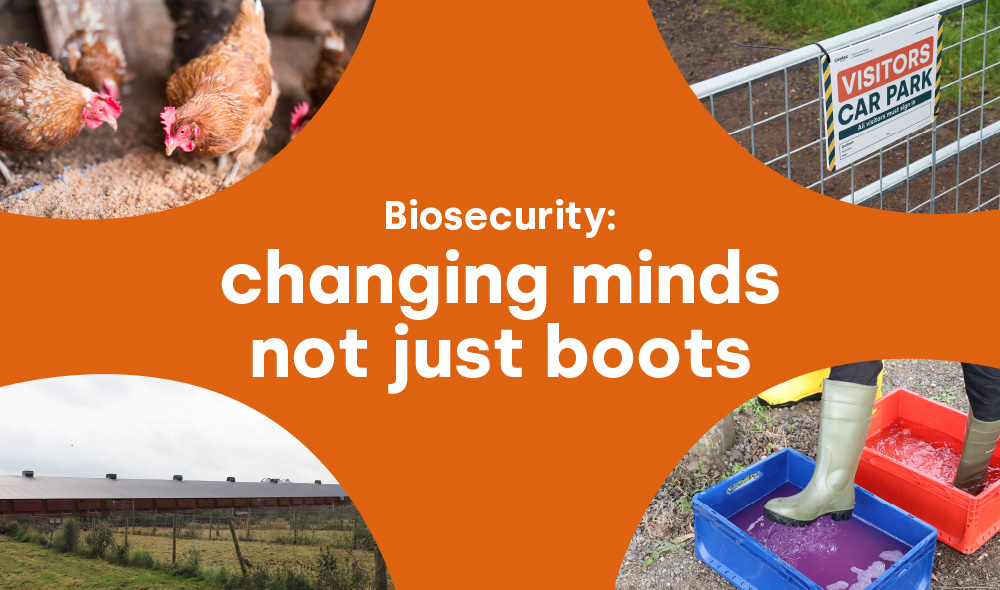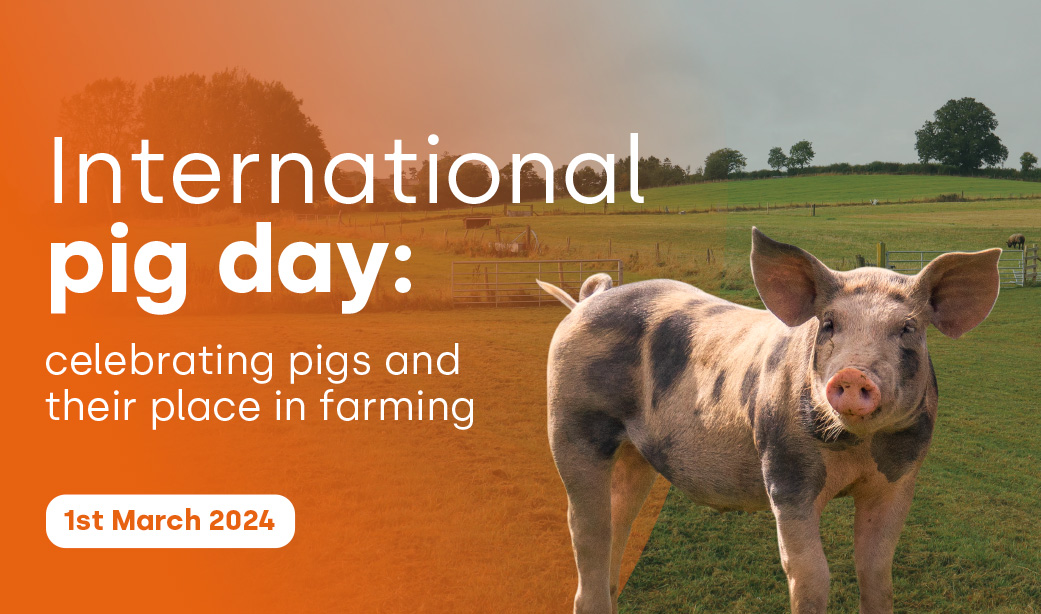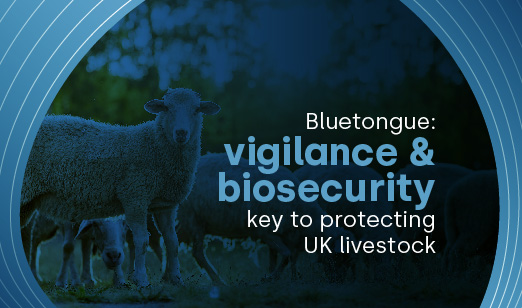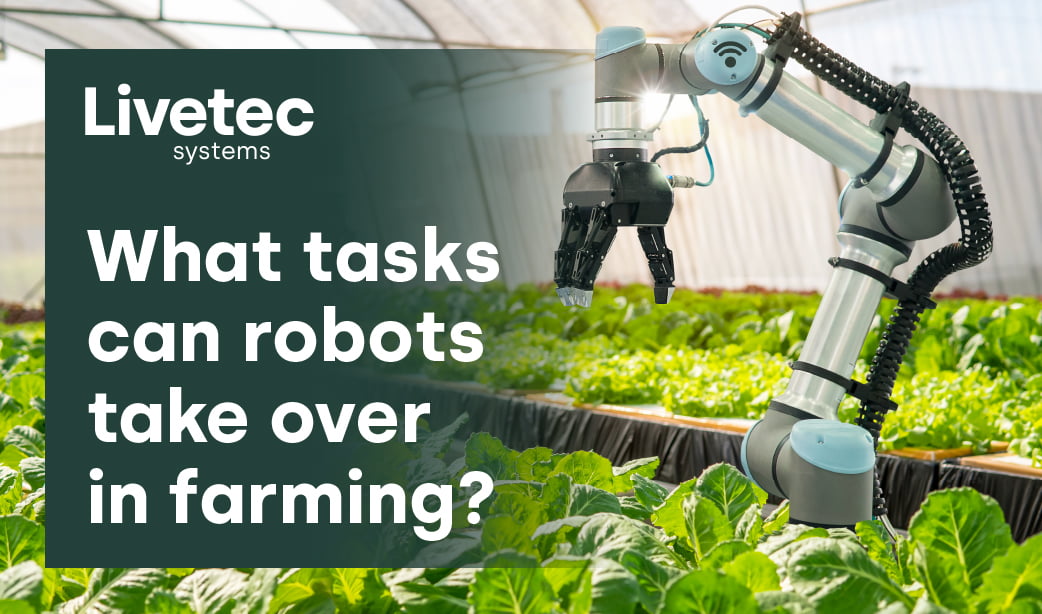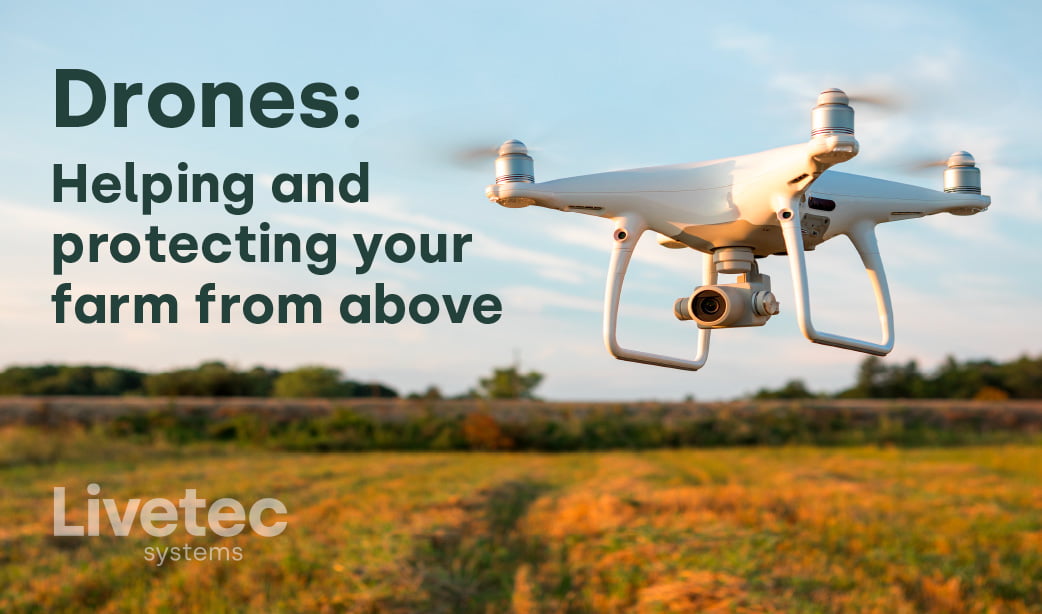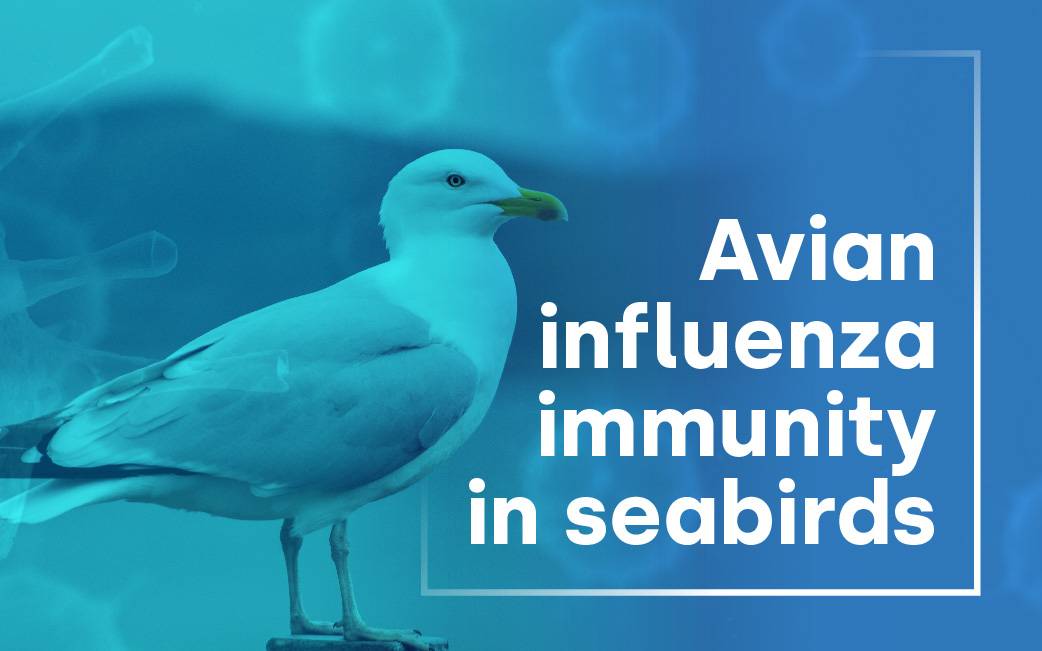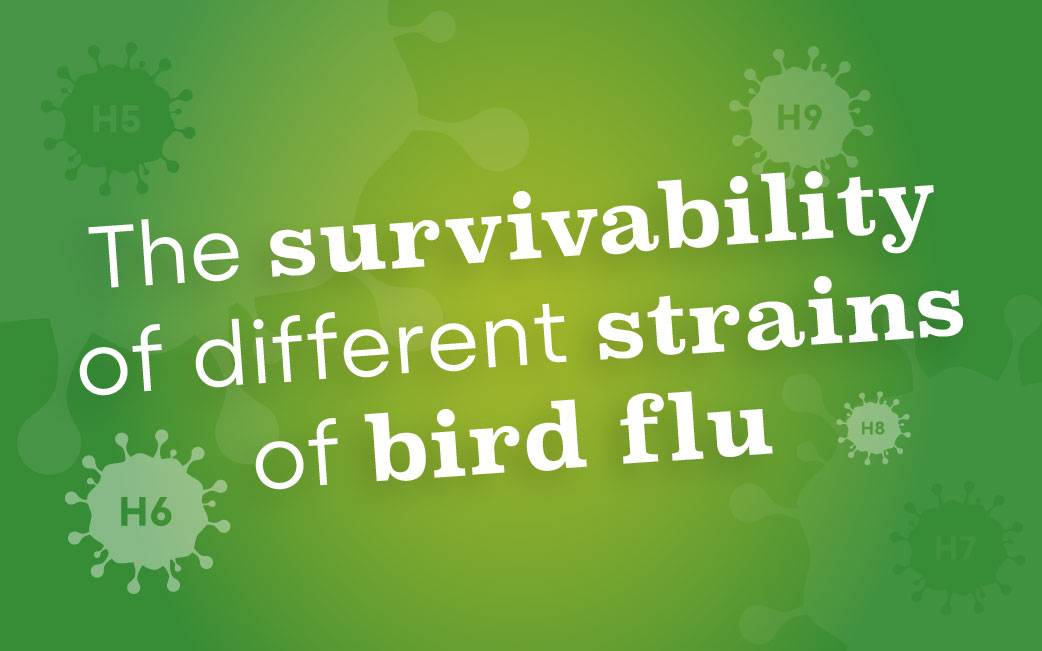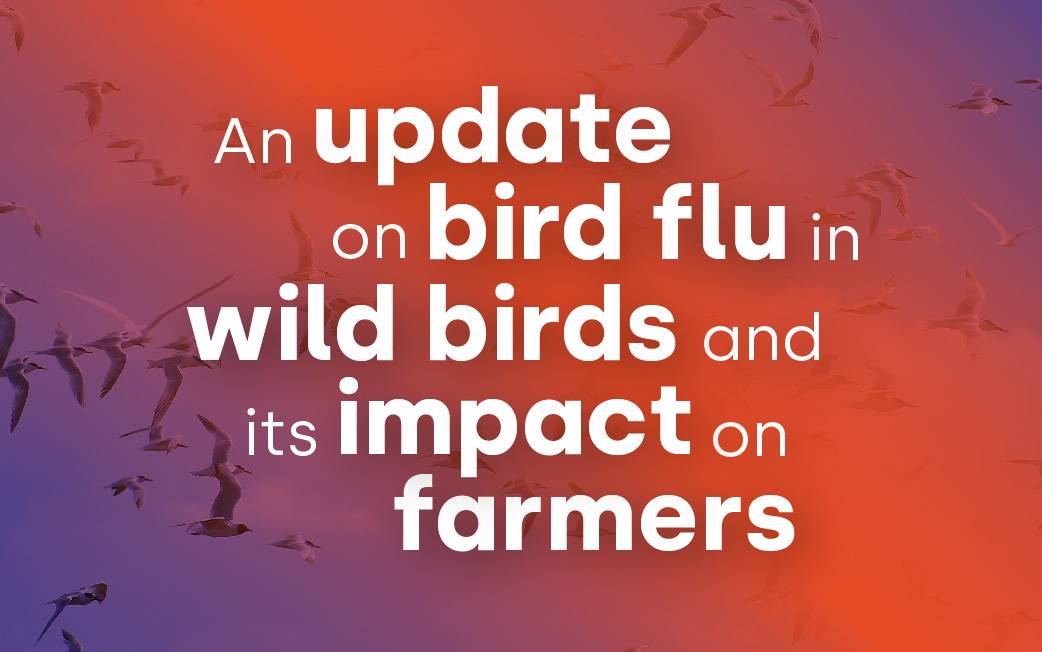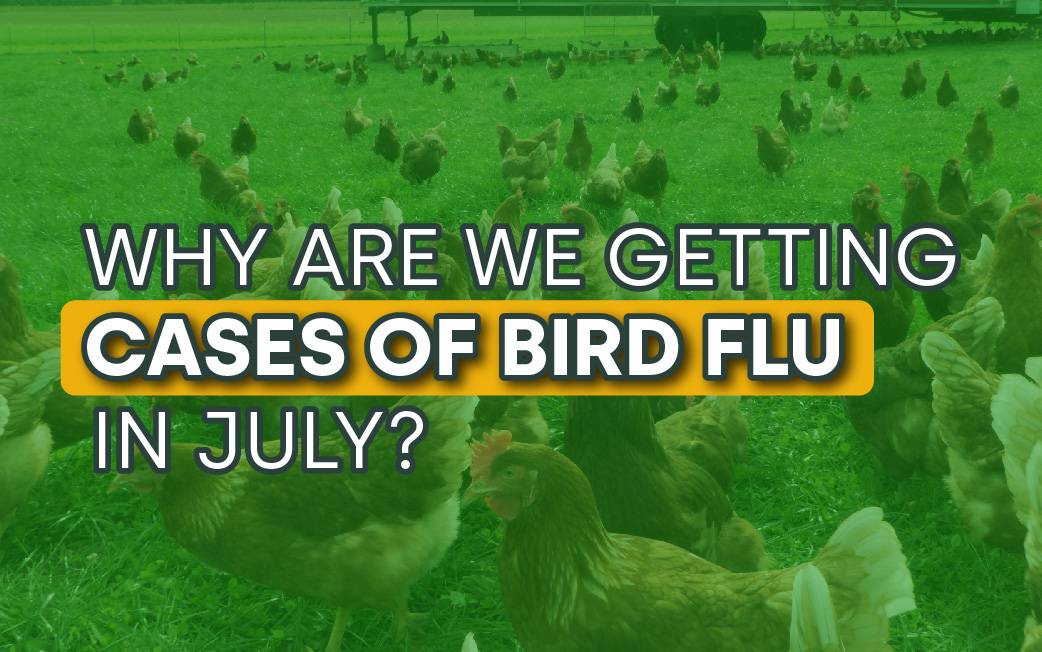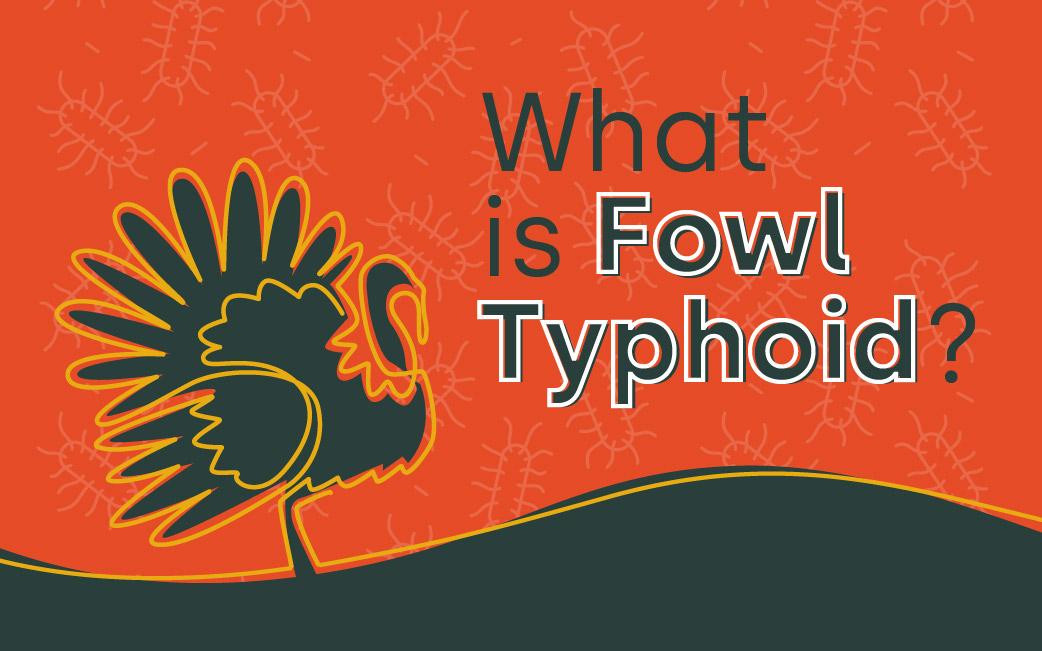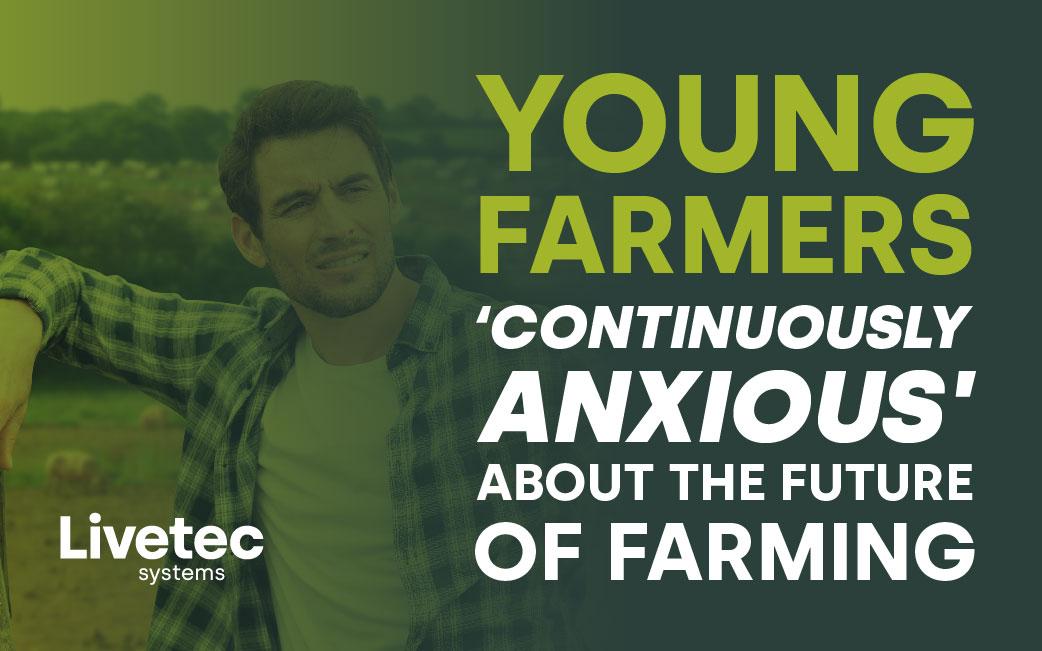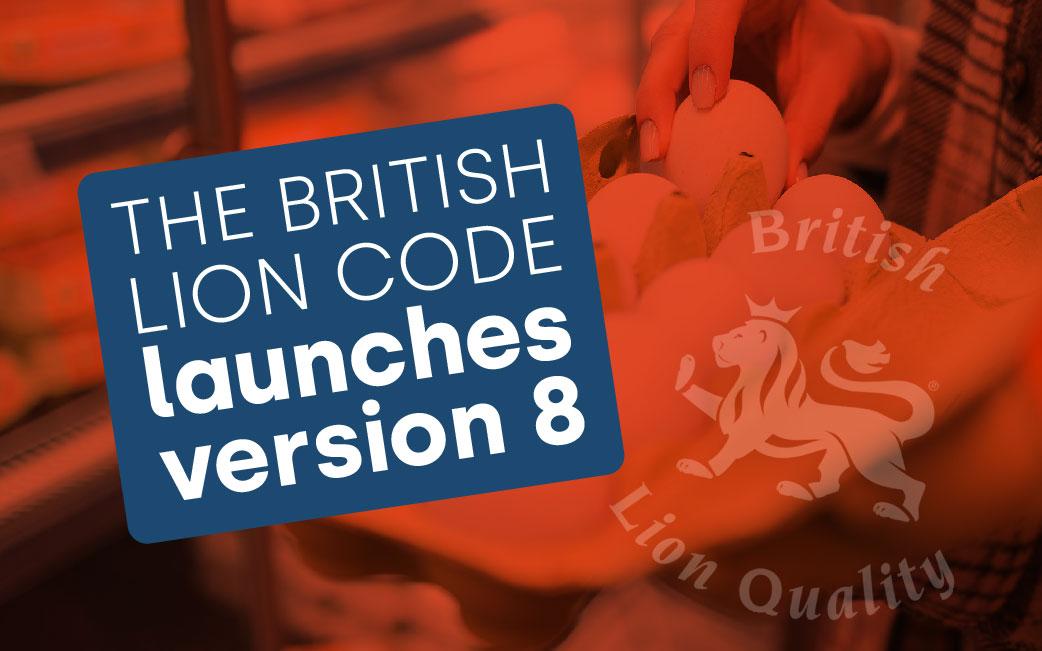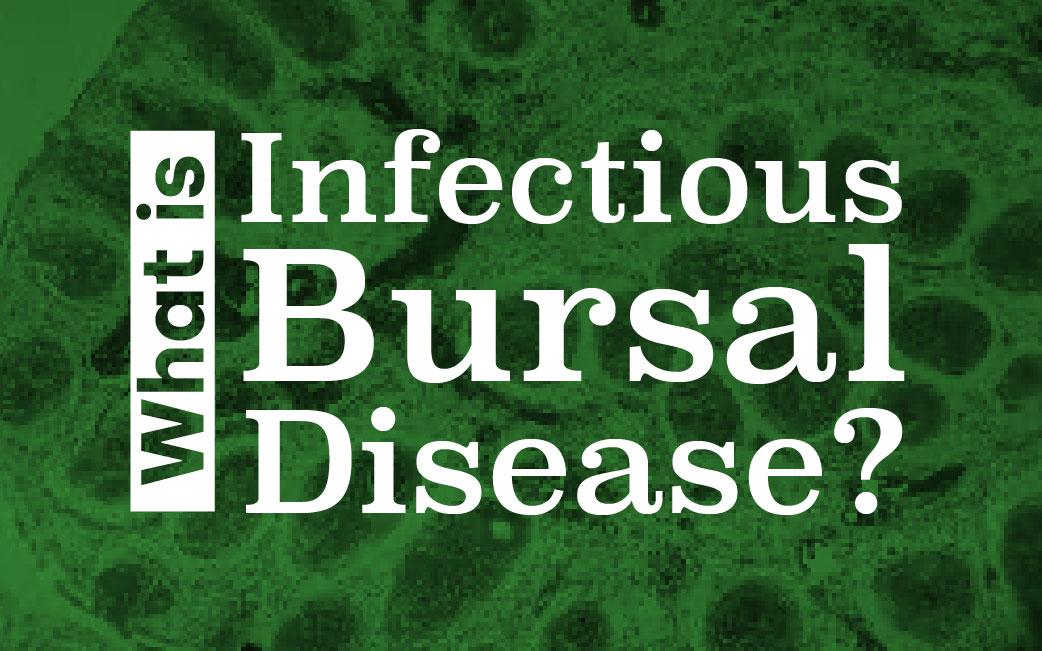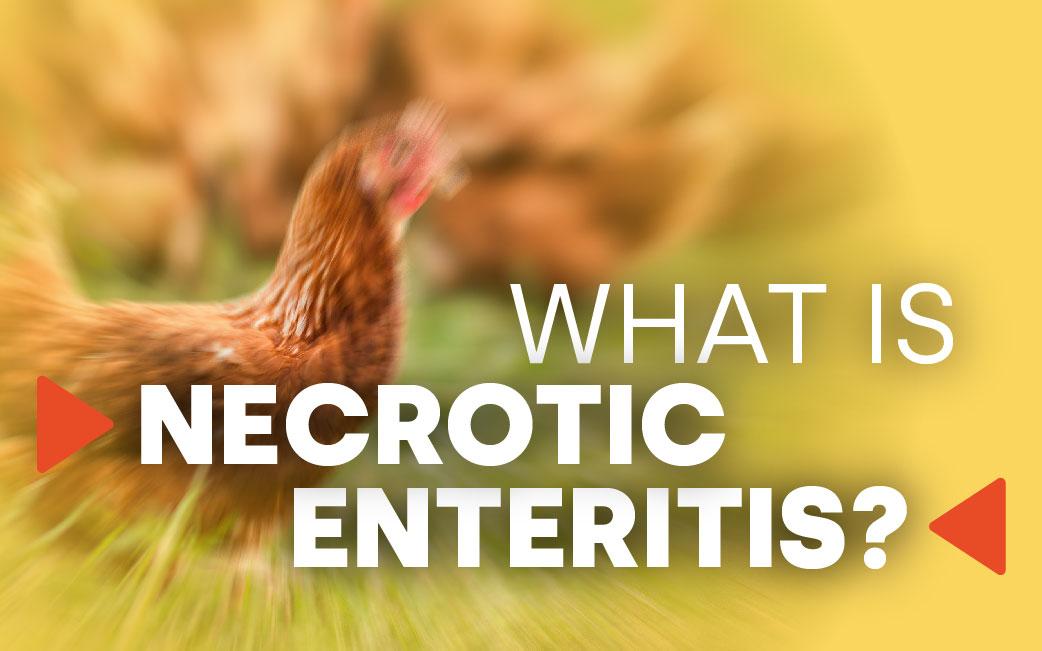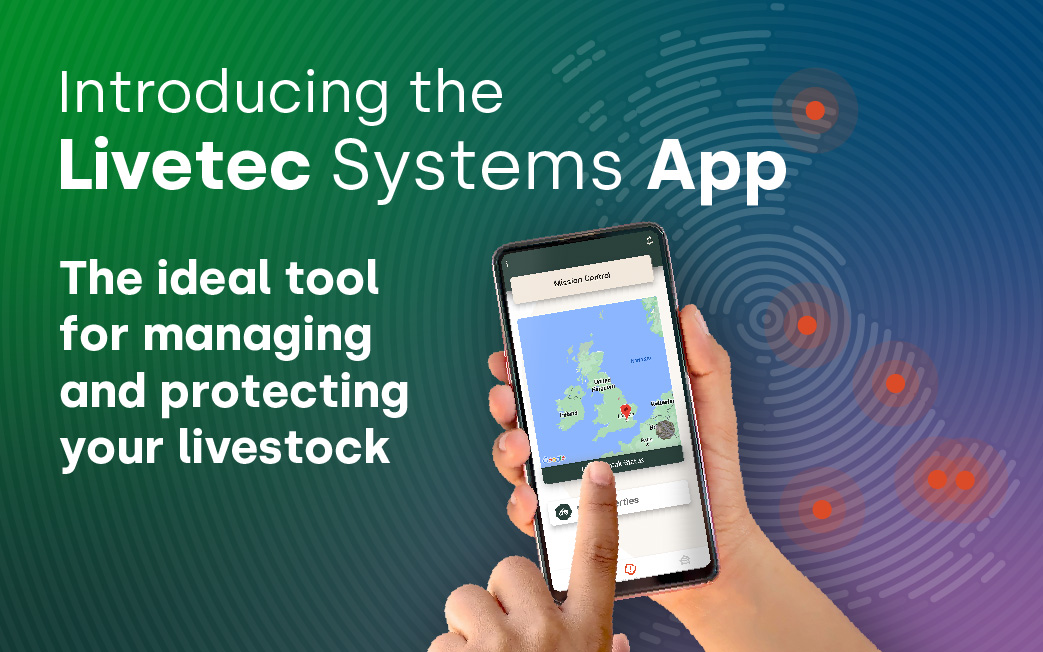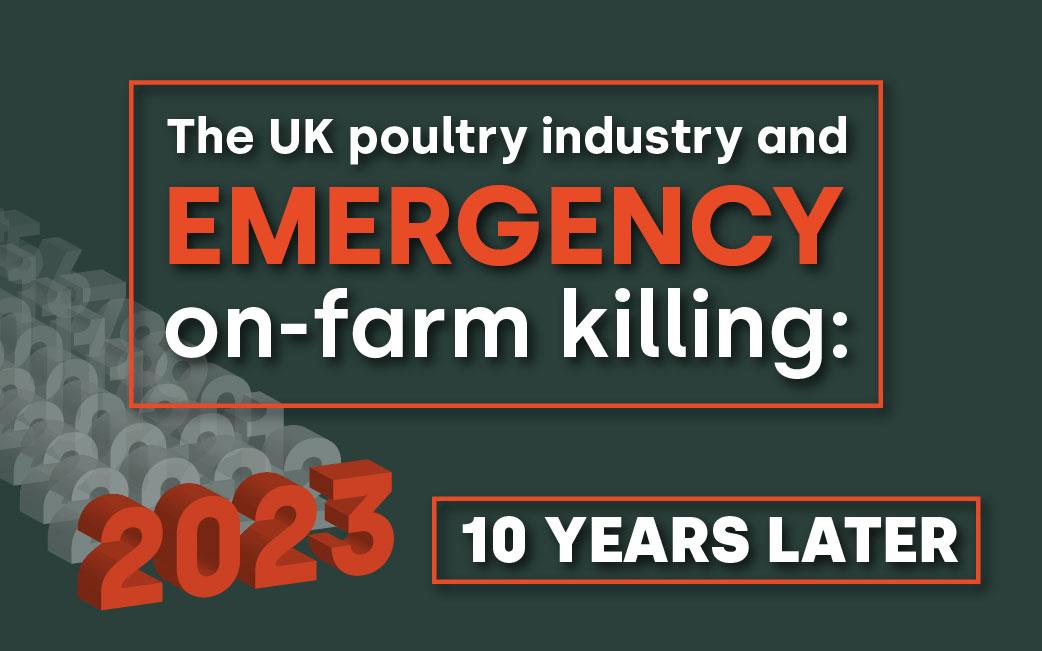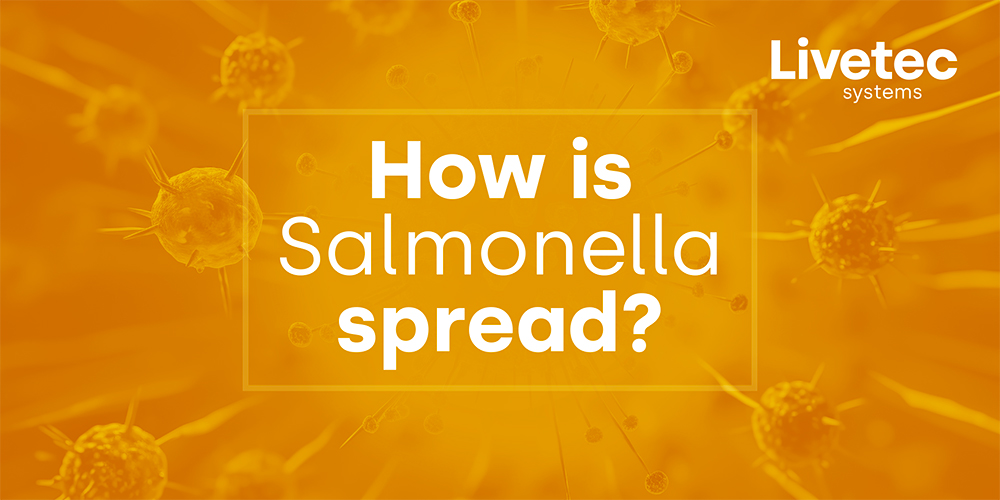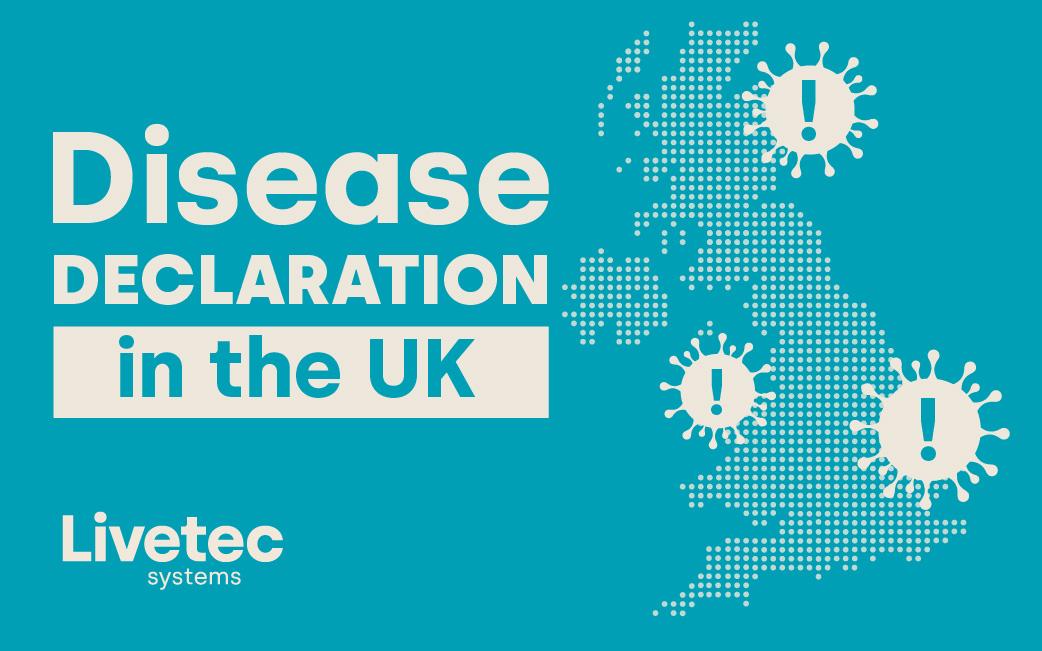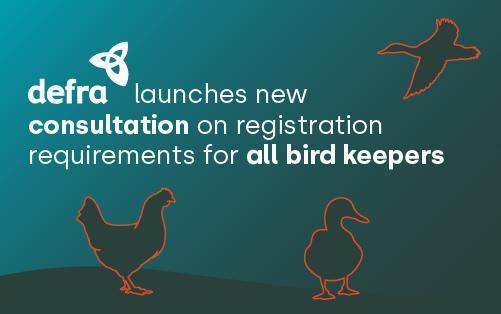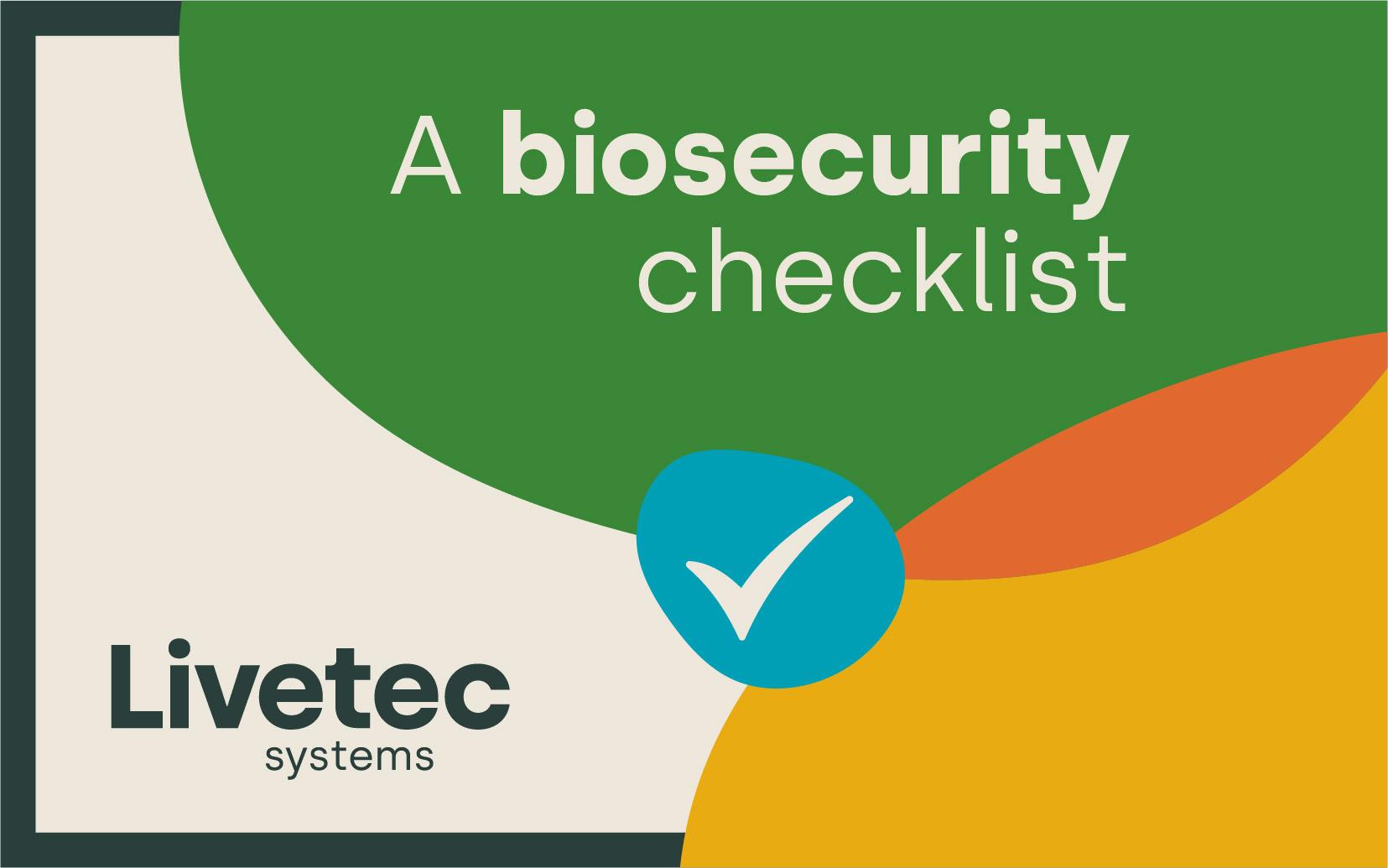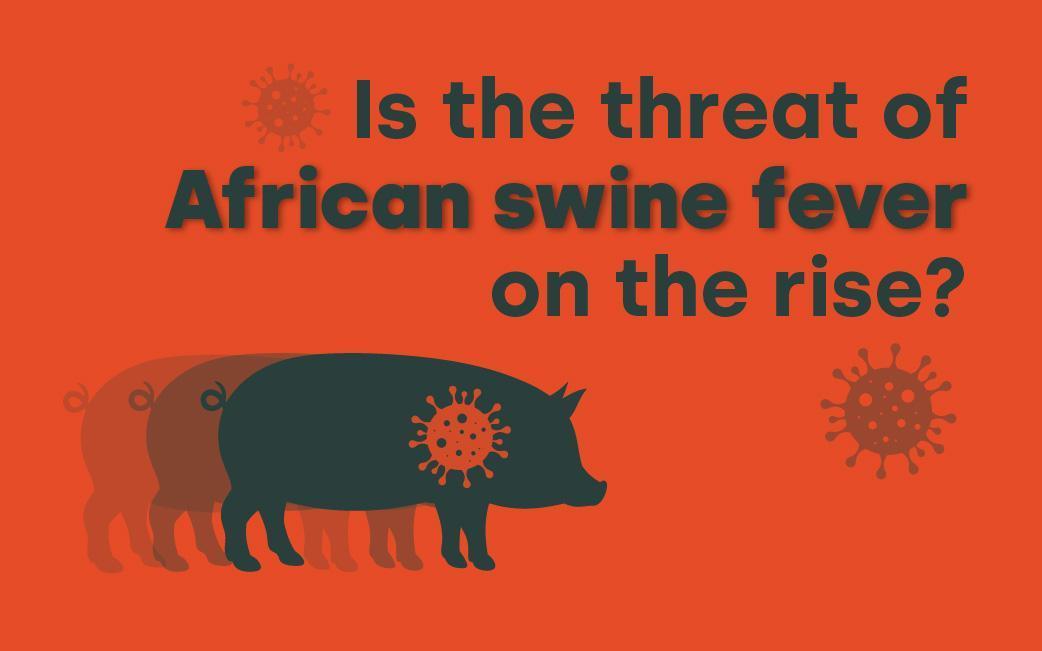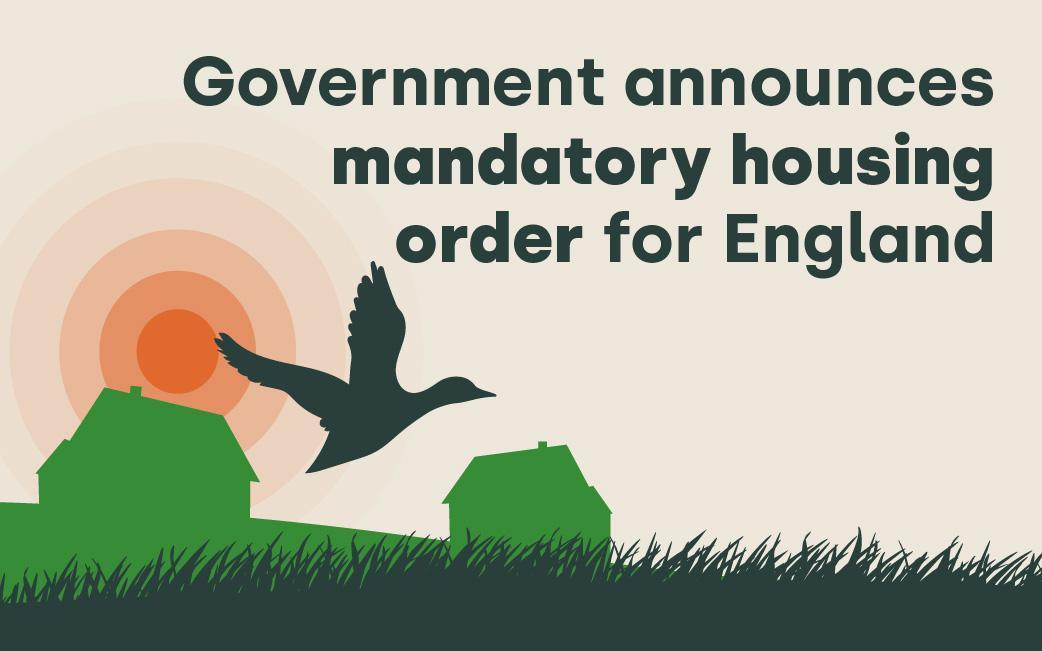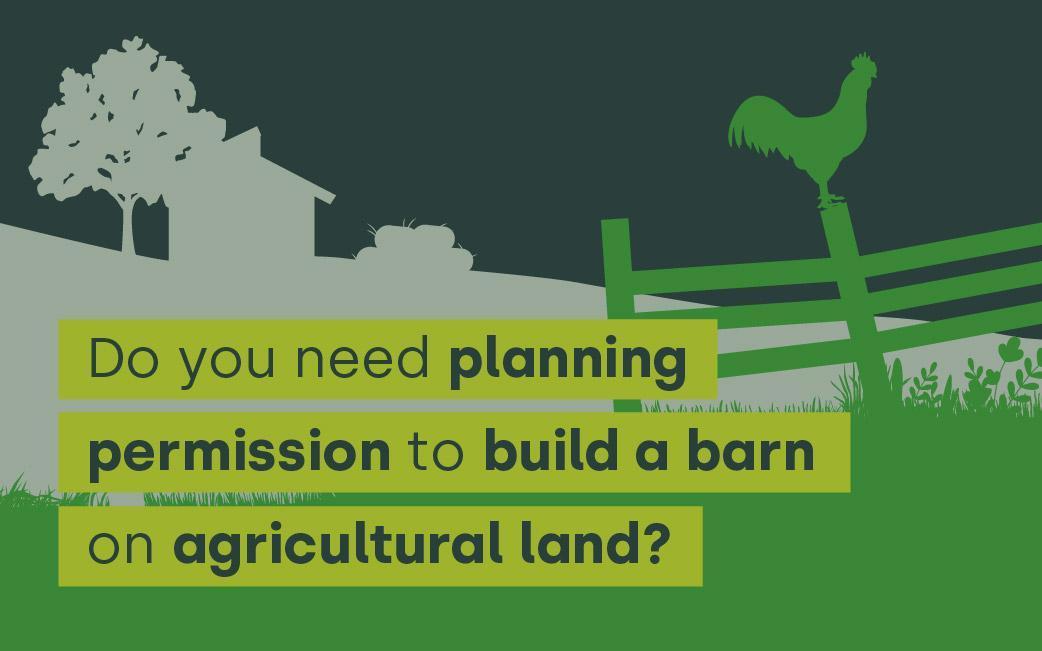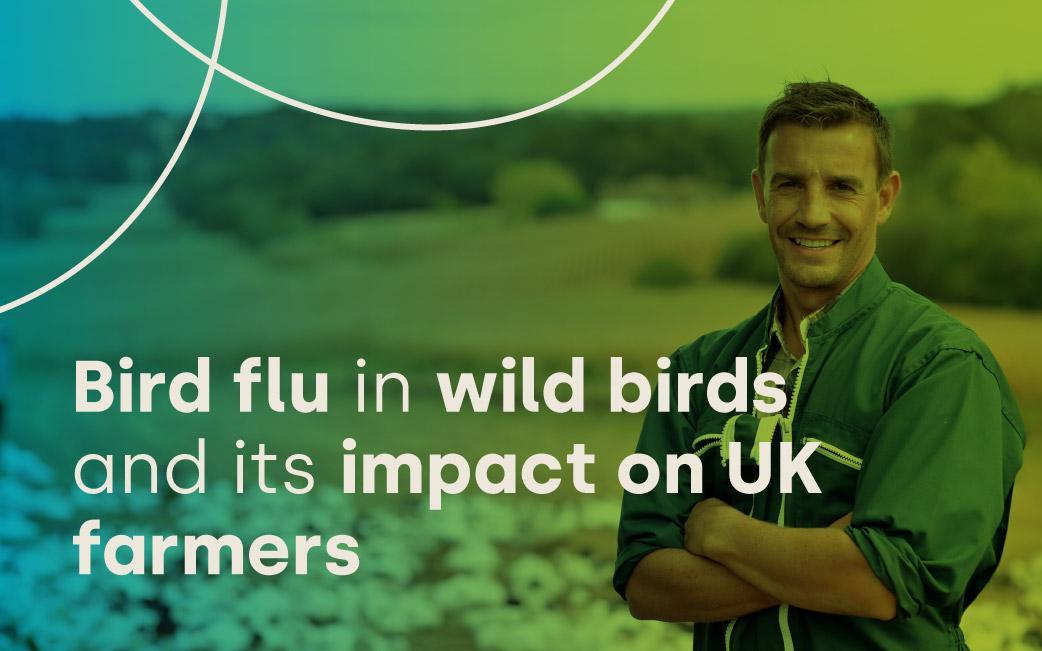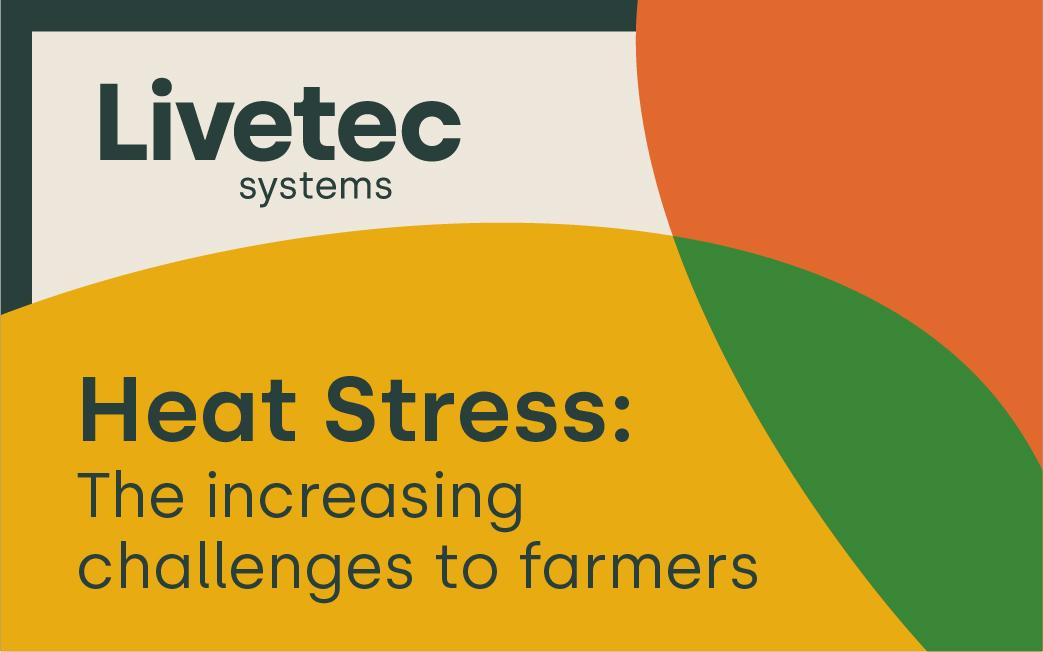The impact on wild birds and seabirds
Avian influenza has significantly affected the wild and seabird populations in the United Kingdom, with reported cases spanning from the northernmost to the southernmost areas and everywhere in between. Organisations have estimated that at least 50,000 sea and wild birds have been affected by the disease between October 2021 and April 2023 alone.
In response to the impact the disease has had on wild and birds, the National Trust said, “It is apparent that this disease is likely to remain shifting from species to species and we must swiftly develop a coordinated approach to monitoring and implementing conservation measures across national governments, statutory agencies, researchers and conservation organisations to stand any chance of protecting our important populations of seabirds.”
Every region has been affected
In Scotland outbreaks of the deadly H5N1 strain have occurred from the Scottish Borders to the Highlands.
It has been found in Pink Footed Geese in Aberdeenshire, Edinburgh, Falkirk, Fife, Stirling, Dumfries and Galloway along with the Borders and Highlands. Infected Mute Swans, Greylag Geese, Barnacle Geese, Herring Gulls, Kittiehawks, Common Buzzards, Guillemots, Black Headed Gulls, Razorbills and Sparrowhawks have been found in places like Dundee, East and West Lothian, East and South Ayrshire, Perthshire, the Moray, Angus and Argyll and Bute as well as in many of the other regions already mentioned.
Even the Shetland Islands have not escaped this awful disease with it found in Arctic Terns there.
This severity of outbreaks has also occurred across England. Impacting every region from Carisle to Southampton, from Durham to Cornwall, from the Cotswold to the coastline and most areas in between. A wide range of species have been found to be infected, including Canada Geese, Sparrowhawks, Mute Swans, Common Buzzards, Greylag geese, Pink Footed Geese, Black headed Gulls, Kittiwakes and Tawny Owls to name a few.
While in Wales infected Black Headed Gulls, Guillemots, Herring Gulls, Common and Sandwich Terns and Common Buzzards have been recorded from Swansea to Anglesey including Conway, Gwynedd, Powys, Carmarthenshire, Flintshire and Pembrokeshire.
Every outbreak is a tragedy.
Virus pressure
In the context of poultry farming and keeping, virus pressure in localised areas is influenced by multiple factors. With wild birds being natural reservoirs for diseases like avian influenza, their migration patterns can increase the risk of viral transmission and therefore apply increased pressure. Poultry farmers and keepers may experience this elevated pressure during migratory seasons, primarily due to overlapping habitats. This means that their locations often coincide with the migratory routes of birds, resulting in environmental contamination. Various factors, such as the presence of open water sources, access to feed, and proper shed maintenance, can also attract wild and seabirds to these areas.
To address this issue, ongoing efforts are in place to monitor and manage virus pressure. National and international organisations are actively engaged in tracking wild bird migrations, conducting surveillance and issuing guidelines and regulations aimed at helping poultry keepers protect their flocks.
Reducing virus pressure necessitates a heightened awareness of the situation and the implementation of rigorous biosecurity measures.
The human cost
Bird flu has devastated flocks but it has also impacted bird keepers, farmers, their families and workers economically, emotionally and socially. We know how distressing it is to have an entire flock culled. Many times with signs of the disease spreading rapidly. Even farmers with flocks free of disease can find themselves living under strict restrictions if their premises are inside a government declared restriction zone.
All this, along with the cost of living crisis, animal feed and energy prices soaring and labour shortages, can add a huge amount of stress to everyone involved. It is a very trying time and the pressure on farmers seems to be getting more and more.
However, one thing we have found in common with people across the country and throughout the industry is a strong sense of resilience. We will pull through, we have done in the past and, together we will do in the present and the future.
At Livetec, we understand the fears and we are aware of concerns about the future. That’s the inspiration for us to do something to help.
Be aware and be prepared
The best protection is prevention and to help provide this Livetec, the leading biosecurity experts, have developed an app. The new feature, on the Livetec Systems App, is free to download. The wild bird map provides backyard keepers and farmers with an up to date map of when and where infected wild birds and seabirds have been reported. They’ll know how close a dead, infected bird is to their property so they can take all preventative, protective measures.
This is just a part of Livetec’s ongoing mission to protect poultry, keepers and farmers. Along with the Livetec Systems App, we provide robust biosecurity products and services and are committed to innovating and creating new ones to help build the future of biosecurity.
Find out more about the Livetec Systems app here.













